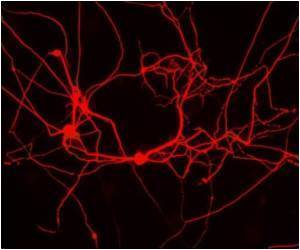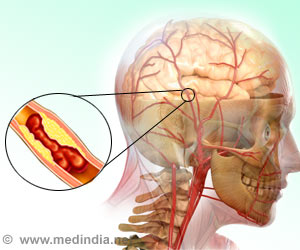
Anne Schaefer, MD, PhD, Assistant Professor, Seaver Fellow, and recipient of the NIH Director's New Innovator Award 2012 Friedman Brain Institute, Departments of Neuroscience and Psychiatry, at the Icahn School of Medicine at Mount Sinai, and the study's senior author, said that the findings are extremely compelling. "This is the first time that it has been shown that a single microRNA could control complex functions in the adult brain." The investigators revealed that the expression of a single microRNA, microRNA-128, defined motor activity and exploration in mice. When miR-128 expression was reduced in adult neurons, it led to a dose-dependent increase in motor activity and fatal epilepsy. Overexpression of the miRNA lessens neuronal responsiveness and seizure susceptibility, reduces motor activity, and reduces motor difficulties associated with Parkinson's like disease.
Mount Sinai Innovation Partners is managing the intellectual property for the use of microRNA-128 as a potential treatment for severe and treatment-refractory epilepsy and exploring commercial opportunities for this technology.
Source-Eurekalert









